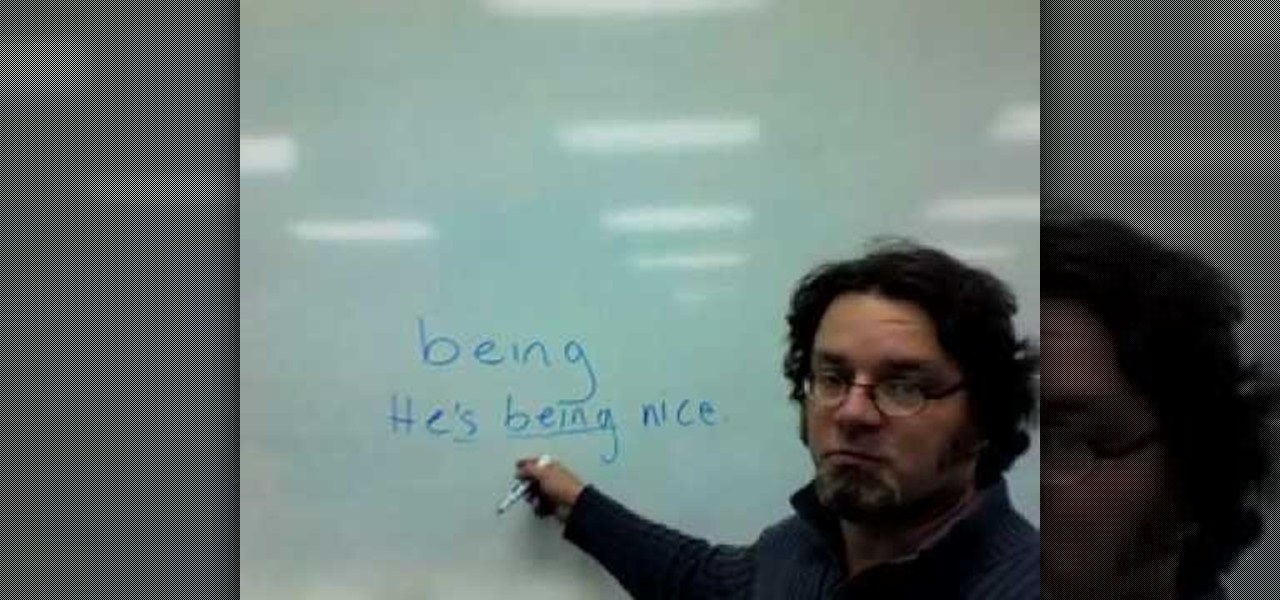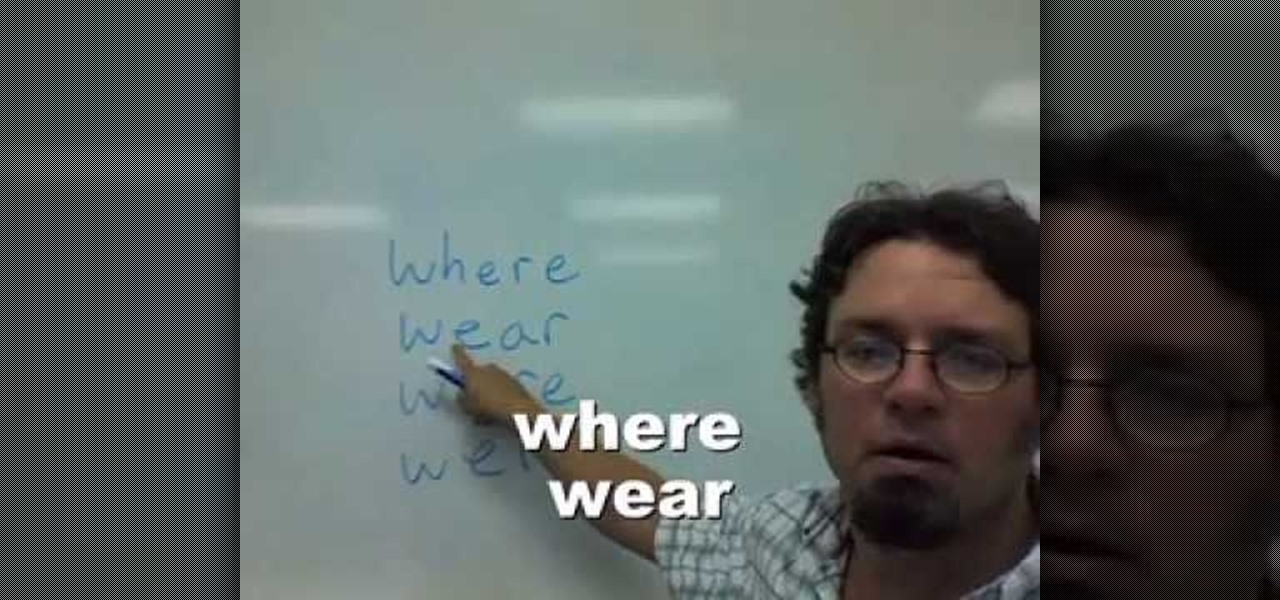Active English Language & Culture Posts

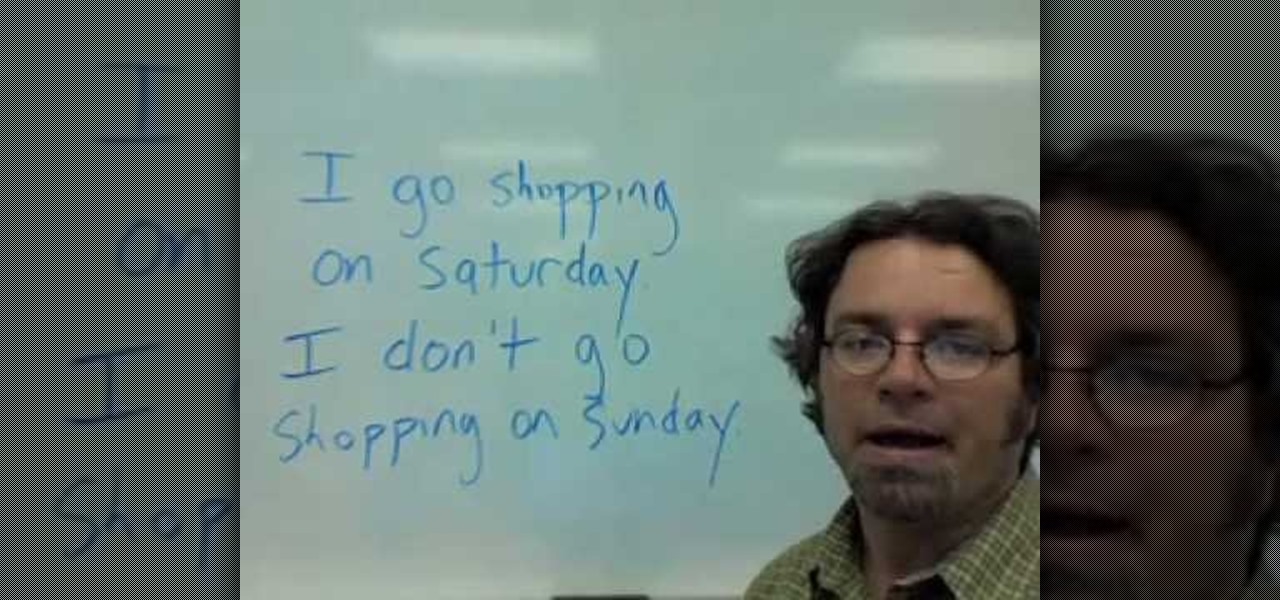
How To: Use the phrase "go shopping" in American English
Learning proper American English usage is a challenge, but fortunately this video is here to explain the usage of one common phrase to the non-native English learner. That phrase, one near and dear to the hearts of Americans, is "go shopping". This simple instructional video point out common mistakes that English learners make and shows how to use the phrase correctly in context.
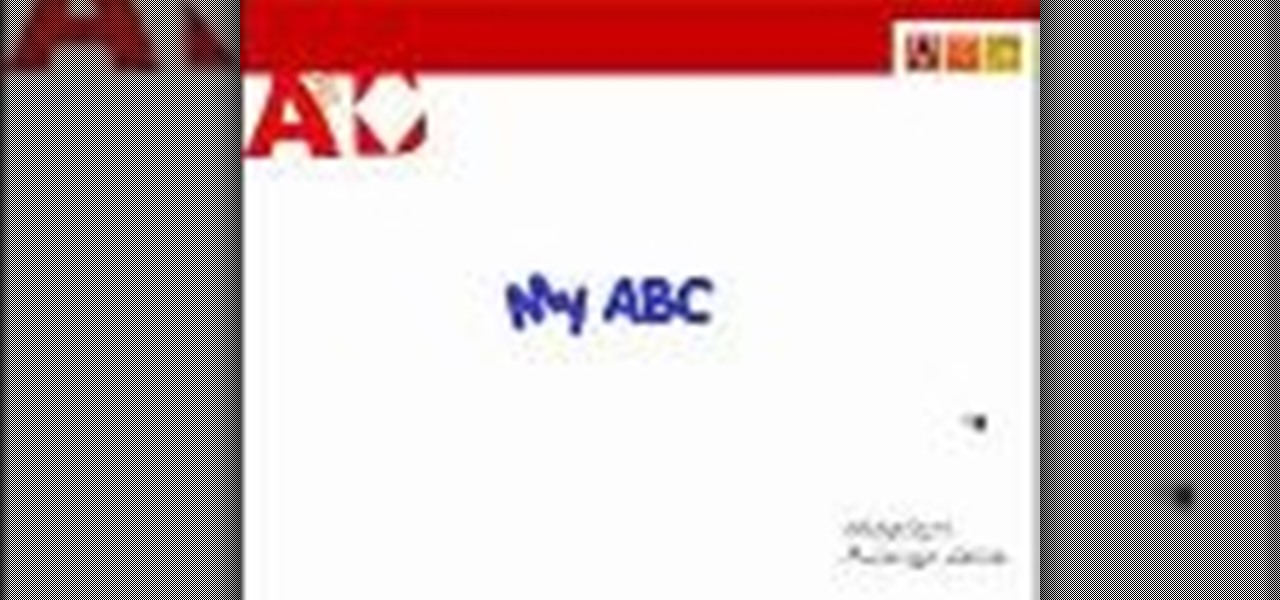
How To: Pronounce the alphabet correctly in English
This video will show you how to pronounce the alphabet correctly in English. If you have trouble hearing the correct pronunciation, and telling the difference between "c" and "d" and "b", this video helps you out with clear enunciation of each letter. Watch this video to pronounce each English letter correctly.

How To: Use "make" as a causative verb in American English
An online English teacher explains to English-language learners how to correctly use the word "make" as a causative verb in this instructional video. As usual, he provides many examples to in order to make the contextual usage of this important verb more clear to those attempting to learn American English for work or pleasure.
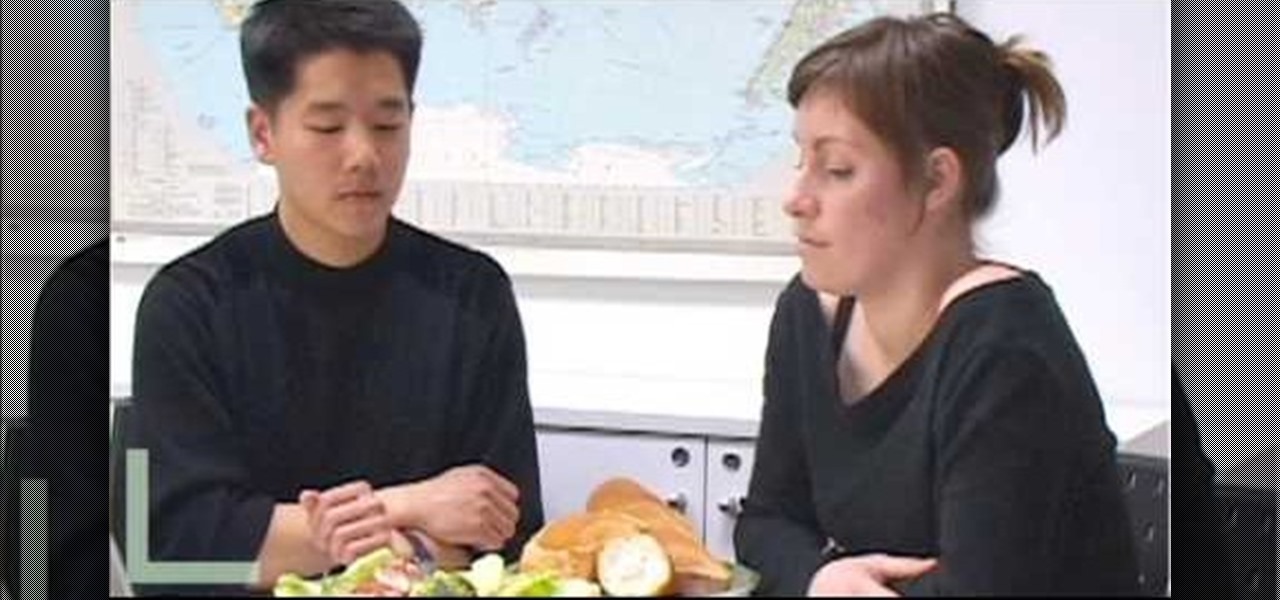
How To: Discuss food you like and dislike in English
In this episode you will learn how to discuss food you like and dislike and how to express quantities in the English language.
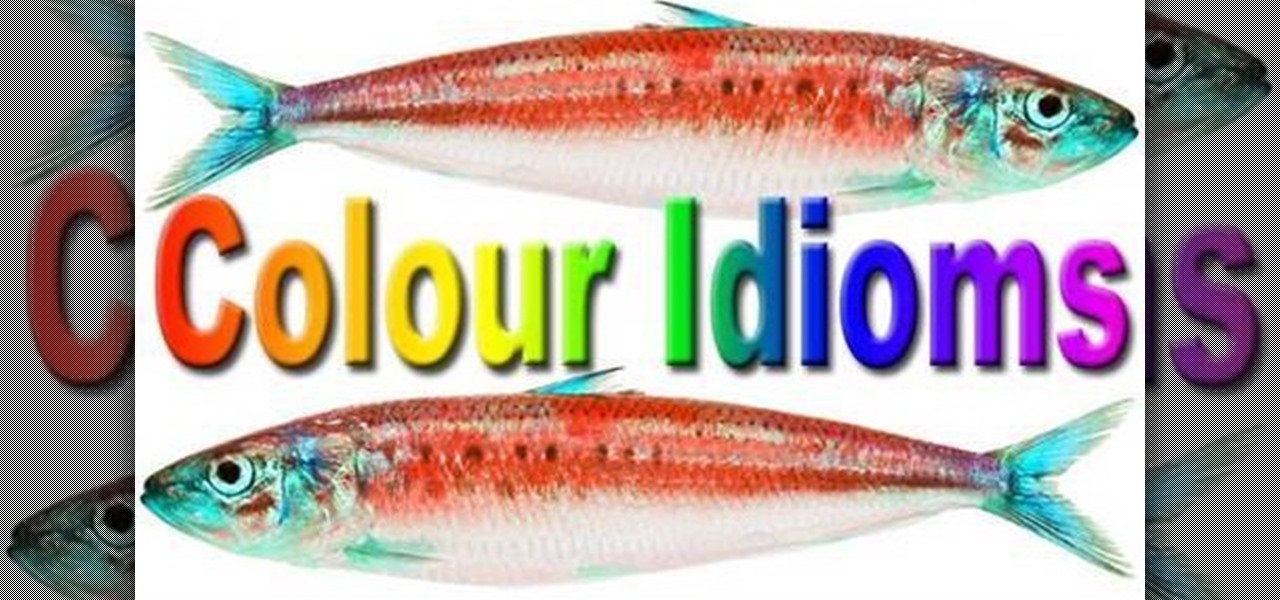
How To: Distinguish between all of the English color idioms
Do you know what an idiom is? If you don't, this English lesson is sure to make you an expert on idiom usage.
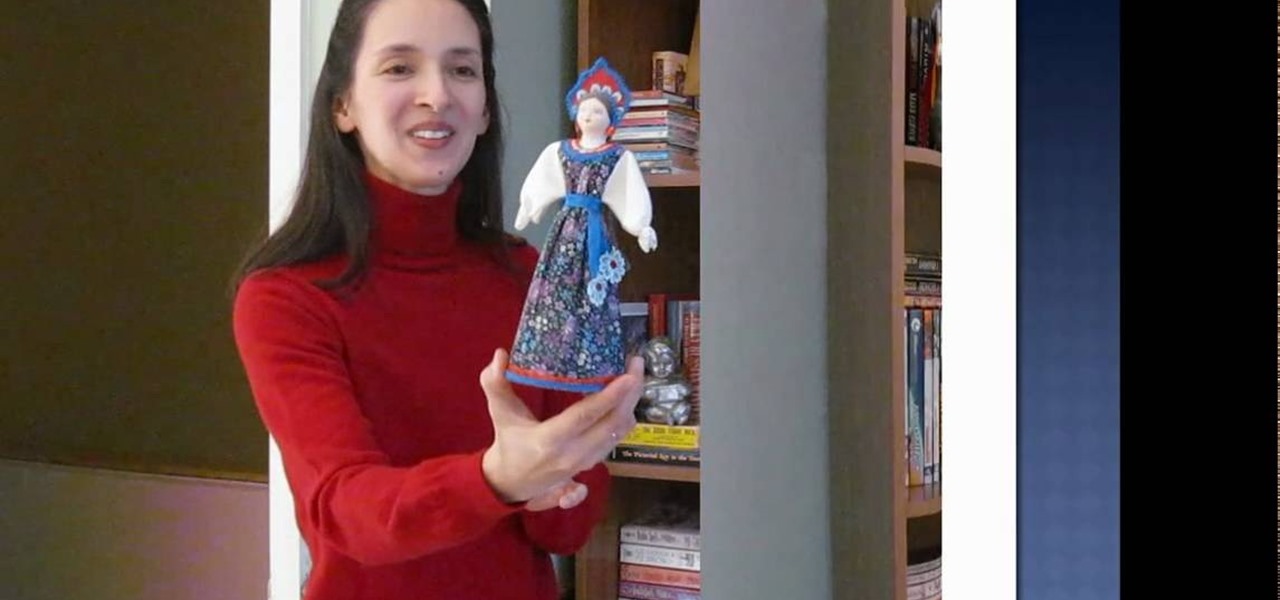
How To: Use articles in the English language
An two part introduction or overview of English articles: a, an, the, and the zero article. This is for the advanced or intermediate student. Part one presents basic rules or guidelines for using English articles. Part two summarizes the basic rules for using English articles and offers practice.
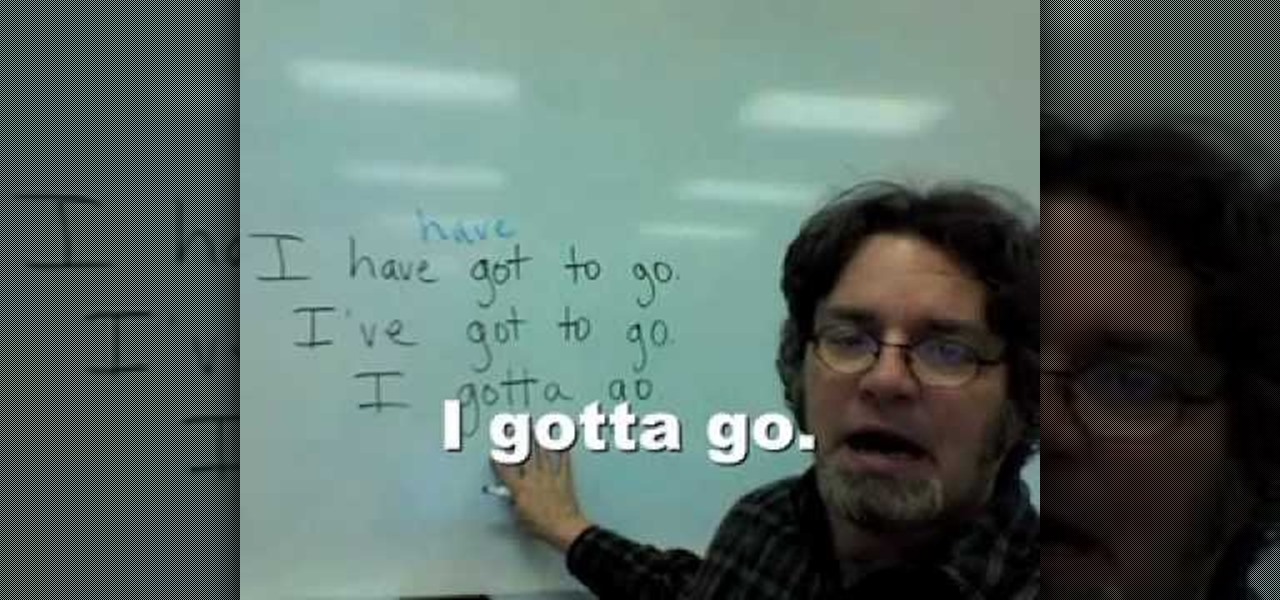
How To: Use the word 'got' in the English language
In this video it is explained how to use the words "got" "got to" and "gotta'". "Got" is the past tense of the word " get". Sometimes Americans say "have got" in place of "have" or "got" in place of "have". For example there is a sentence "I've got my wallet". Some Americans say "I have my wallet" and some may say "I got my wallet". All of them are correct. "Gotta'" is used in place of "have got to". For example there is a sentence" I have got to go". Some Americans may say

How To: Use double comparatives in the English language
This is a tutorial segment of Double comparatives of English Grammar. In this lesson, the instructor is explaining about how to express a cause and an effect in a easier way with examples. She says that it’s the relationship where one thing makes a change on another or one factor say for example sunshine, produce a result in another by making us to feel happy. Comparative forms are used to express a cause and effect. Words like brighter, happier are examples for that. For example, in the sent...
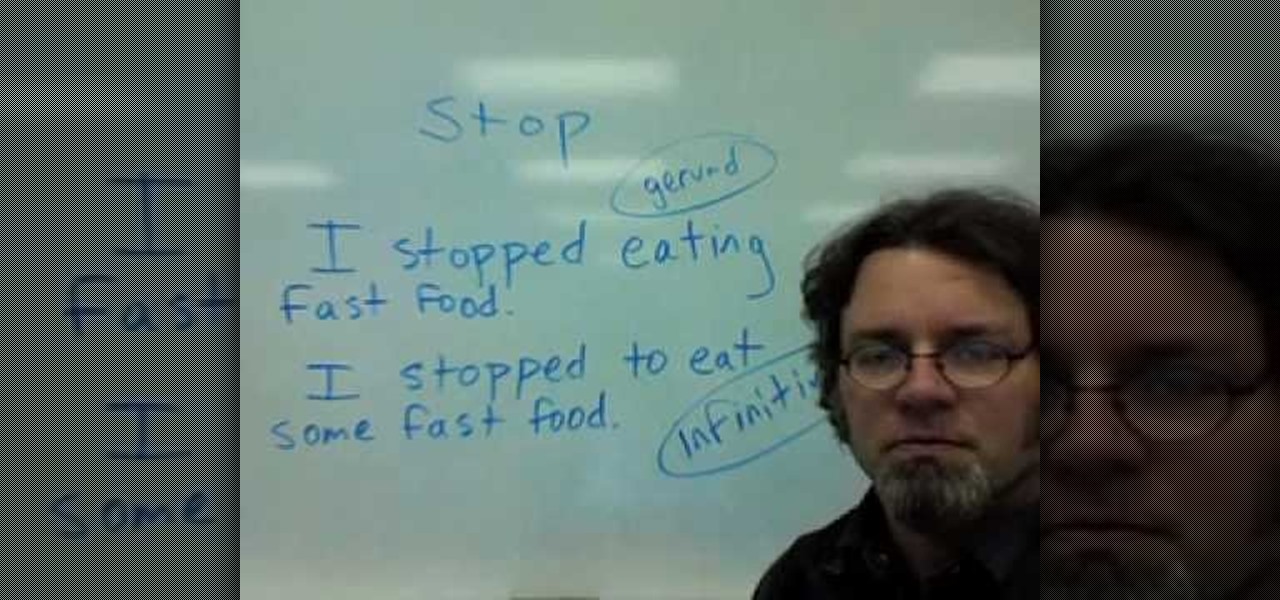
How To: Use the 'stop' verb in the English language
The verb "stop" in the English language can be used with a gerund and an infinitive. The word "stop" has different meanings depending on how it's used. Look at the sentence, "I stopped eating fast food." Stopped is used in the past tense and eating is a gerund, or a word that describes an activity and functions as a noun. Look at the sentence, "I stopped to eat some fast food." In that sentence, there is an infinitive. The first sentence means I no longer eat fast food. The second sentence me...
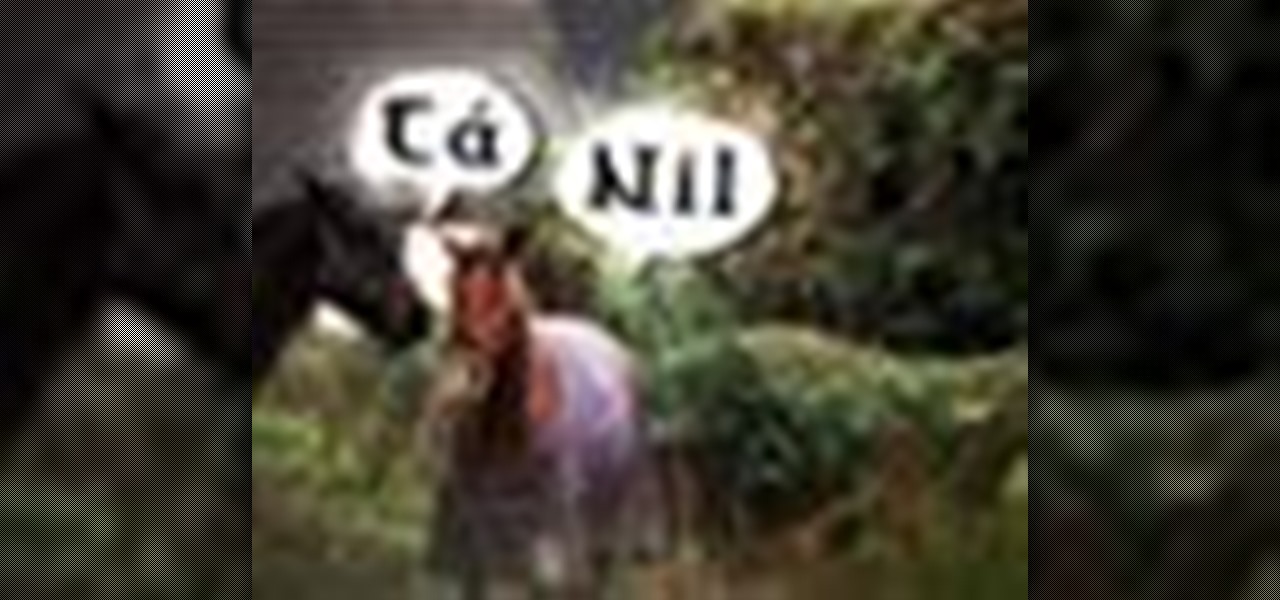
How To: Say seven key Gaelic phrases
The best way to win friends over in a foreign country is by breaking the ice and showing your enthusiasm with your best effort at their language. Practice your Gaelic for travel or just for fun with friends.
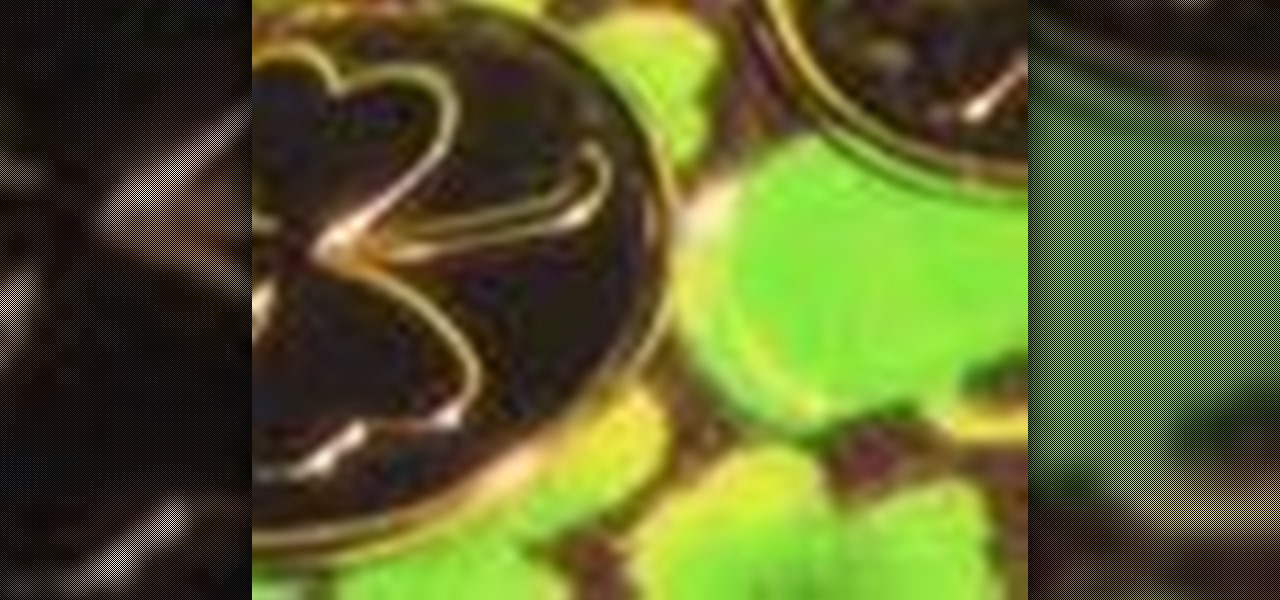
How To: Put on a convincing Irish accent
Accents are not only fun but attractive too, when done properly, at least. Work on your Irish accent, practicing the inflection and sound of consonants and vowels. Impress your friends with your new accent.

How To: Rhyme
From nursery rhymes, to rap songs, to love poems, rhyming is an important part of the English language. If you're feeling a little shaky on your rhyming abilities, glance over some of these simple rules and you'll be off and rhyming again.
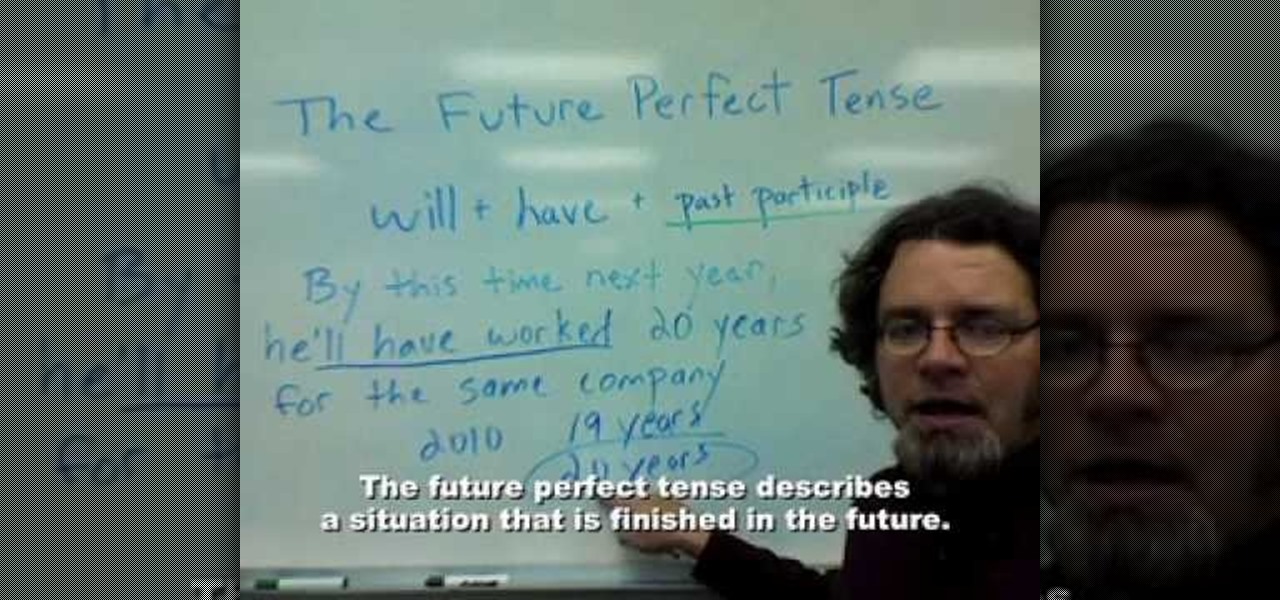
How To: Use the future perfect tense in English easily
The future perfect tense describes a situation which is finished in the future. This video tells us how we can use future perfect tense easily. It gives us a deep insight through the grammatical aspect of future perfect tense. It shows us how to use the helping verb i.e "will" with the third form of verb to form a statement in future perfect tense. the basic formula for making a correct statement in future perfect tense is "subject + helping verb + past participle (v3). It's easy to remember ...
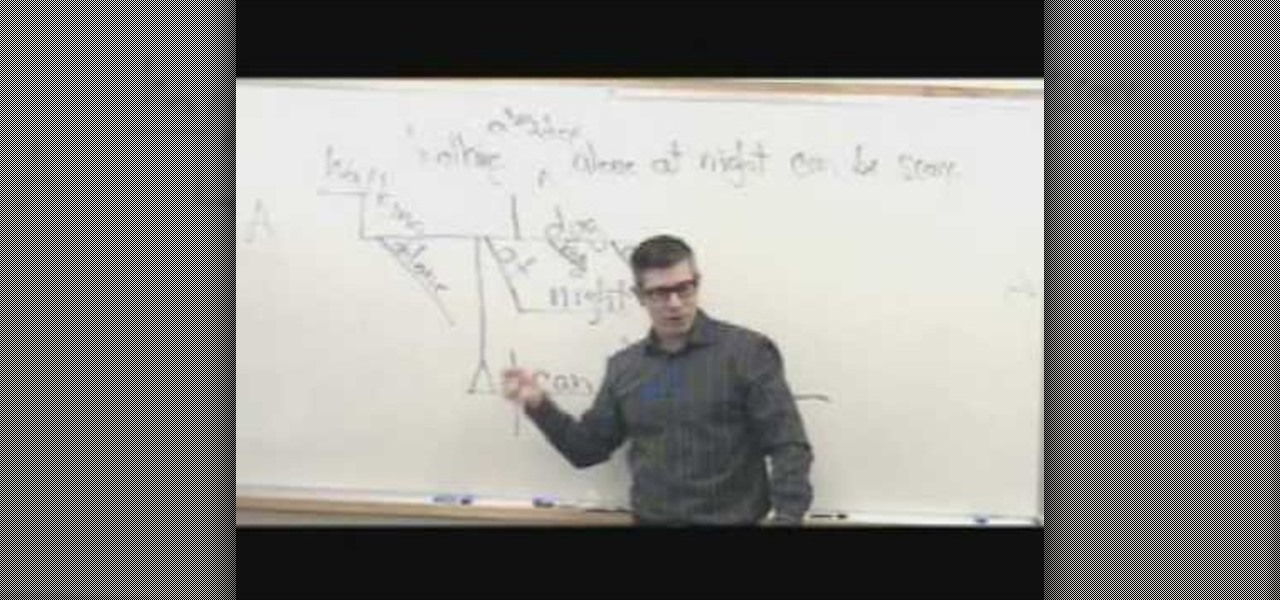
How To: Diagram gerunds & gerund phases
For those who don't know, a gerund is a noun whose root word is formed from a verb. Anyone interested in brushing up on their grammar skills should view this video by Yossarian on how to diagram gerunds and gerund phrases. Yossarian uses various sentence examples to break down the subjects and verbs to find gerunds and gerund phrases. Learn how to break down the components of any sentence to find the gerund and gerund phrases by following this video tutorial.

How To: Pronounce the English /r/
If you are learning the English language make sure to follow this video which can better explain to you how to pronounce the letter R. When speaking in the English language we may often make common errors on how to pronounce the letter R in the words we use. One tip to pronounce the letter r better is not to touch the top of our mouth with our tongue when saying the letter r. Secondly, you have to make your lips shape in a tightly rounded manner to say the letter r accurately. You could also ...
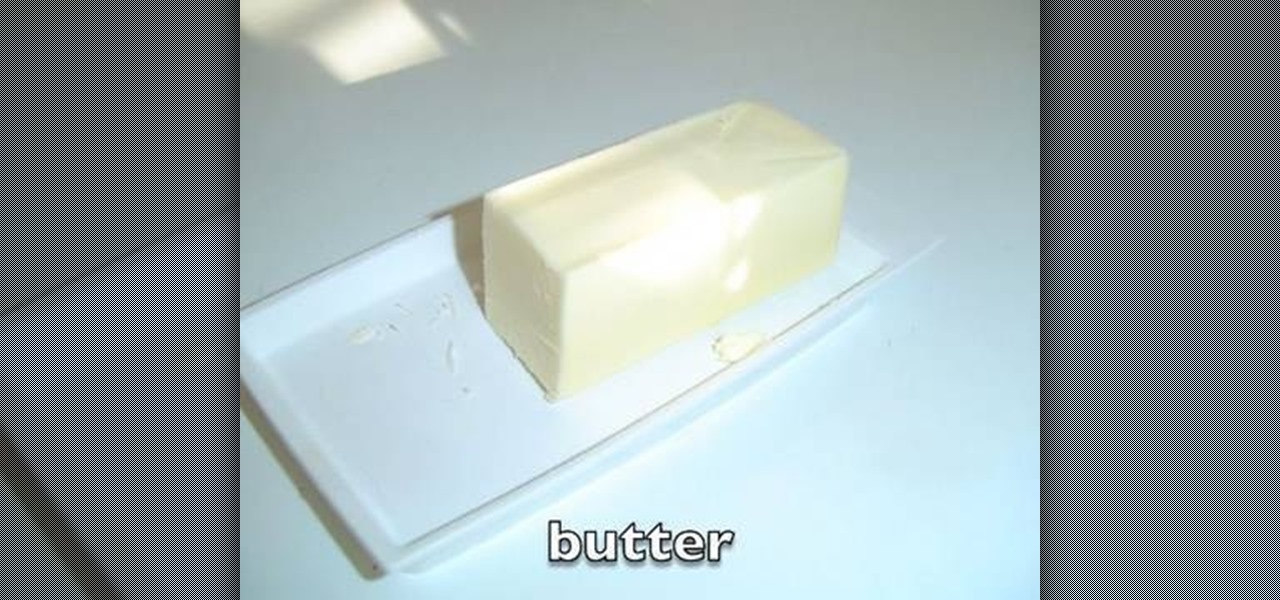
How To: Practice saying the "t" sound in the middle of words
In words like bottle and mitten, the "t" really isn't a "t" sound; it is more of a "d" sound or a very fast "t" sound. Practice the "t" sound with the words button, carton, brighten, tighten, fatten, eaten, rotten, matter, butter, flutter, water, bottle, settle, and metal. In American English, the "t" sound is very difficult to hear in some words. An example of this is the word butter, where the "t" sounds more like a "d." Remember, the way people speak English in the United States is differe...

How To: Use present tense & present perfect tense in English
In this two part tutorial an English teacher shows some differences between the present tense and the present perfect tense. You will learn the basics, in how to ask a proper question. Watching this will allow you a little more understanding of the English language and how to use it.
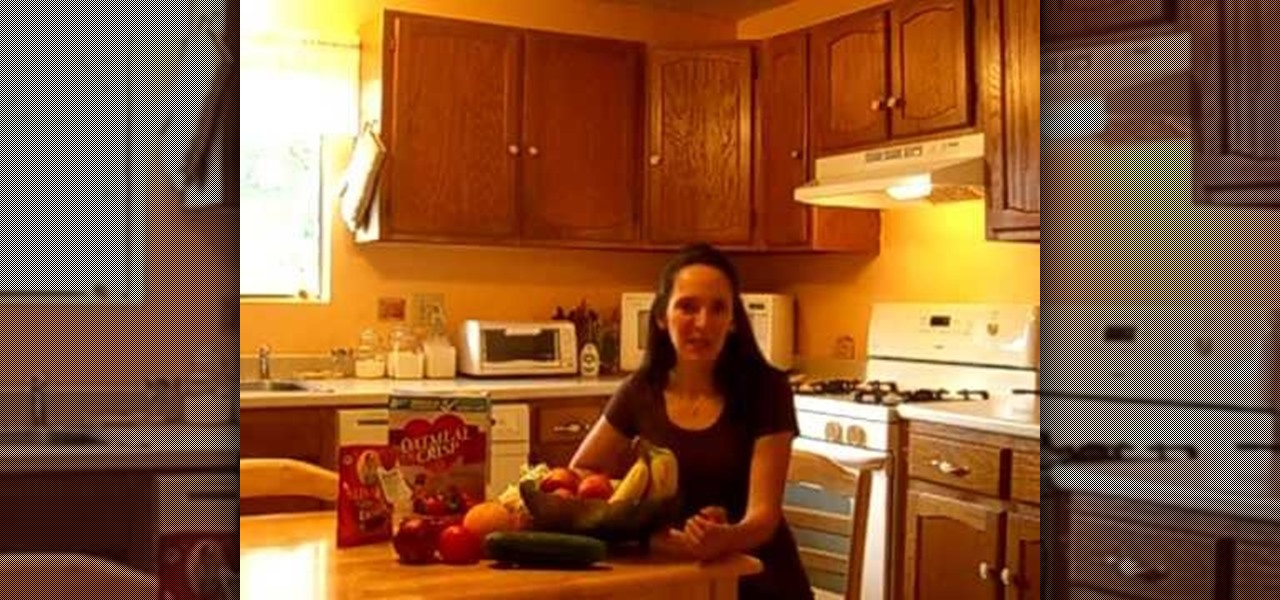
How to Speak English: Verb "be" in the present tense
ESL teacher Jennifer Lebedev teaches the proper usage of the English verb 'be' in the present tense. The verb 'be' has three forms in the present tense: 'am', 'is', 'are'. Sentences are formed with a subject and a verb. To make sentences with the verb 'be', use the correct form with the subject. Subjects are nouns and pronouns (people, places and things). Use 'am' for the pronoun 'I', e.g. 'I am hungry. 'Use 'is' for singular nouns (one thing) and the pronouns 'he', 'she', 'it', 'this', e.g. ...
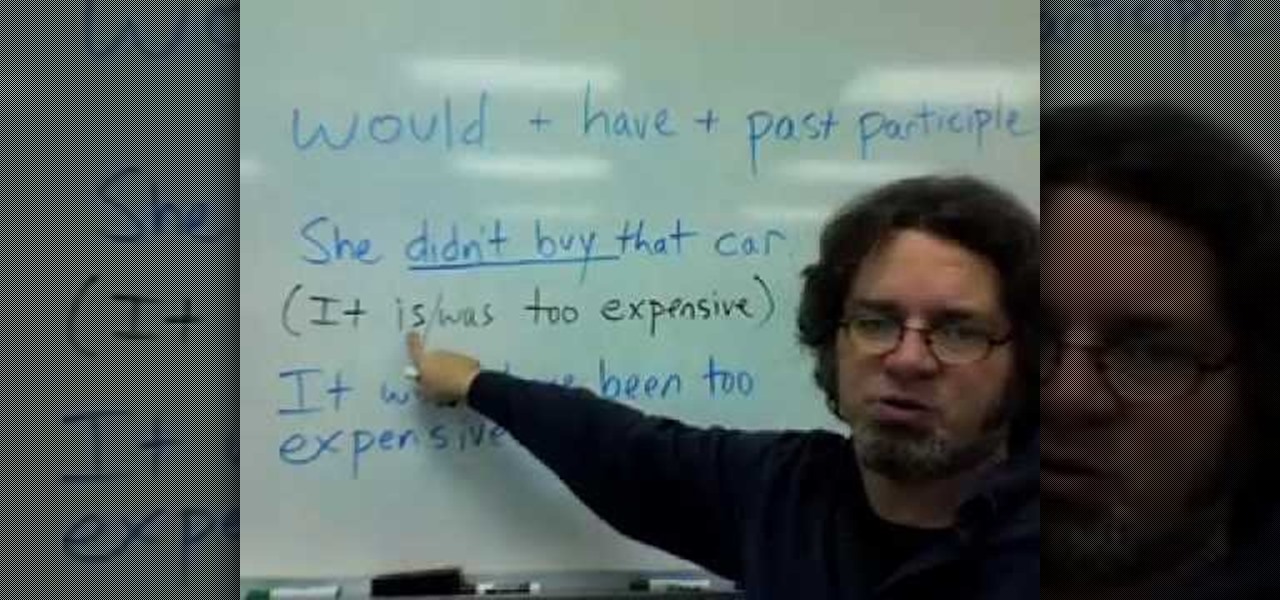
How To: Describe situations that didn't happen in the past
This video shows us how to describe the situations that are opposite of the future perfect tense. Here it is shown how to describe the situations that did or did not happen in the past using would, have and past participle. He gives us 3 very good examples that are describing such situations. In these examples he describes a situation which happened in the past which is actually a negative and uses a fact that is described in the present tense to give the reason why that situation ended in a ...
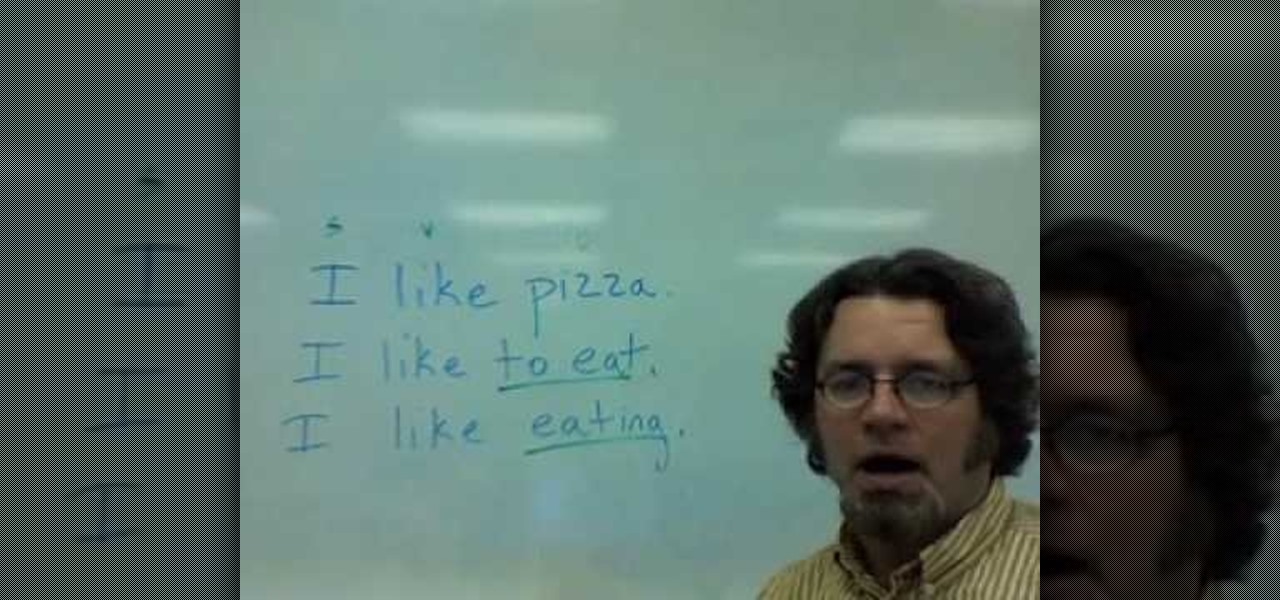
How To: Use the word "like" properly in English
This how to video describes how to properly use the word "like." Since "like" is one of the most misused words in the English language this is great for anyone who is not an English professor. The author begins by describing what types of words you can use the word "like" with and then he presents numerous examples for its correct usage. The video itself will only take about two and a half minuets of your time and will greatly improve your speaking skills.

How To: Use count and mass nouns correctly
Mrthoth will show you how to use, count, and mass nouns correctly. Listen to a sample sentence and try to find the grammatical errors in the sentence. A mass noun ca refers to a whole group of objects, for example you would not say a lot of butter you say a lot of butter. A count noun is basically a noun you can count. You can make it plural and you can put a number in front of it. Like you say it was a lot of pencils.

How To: Cite sources in the APA format
In this video, , peakDavid, demonstrates how to use and understand the APA (American Psychological Association) format for citing sources for references in papers, essays, and theses. You will learn the different types of citations used in APA format, and learn to understand how they are used to reference the works you used in your paper. Also, you will learn why you should use the APA format to cite your research, to avoid confusion by the reader, as well as any claims of plagiarism.
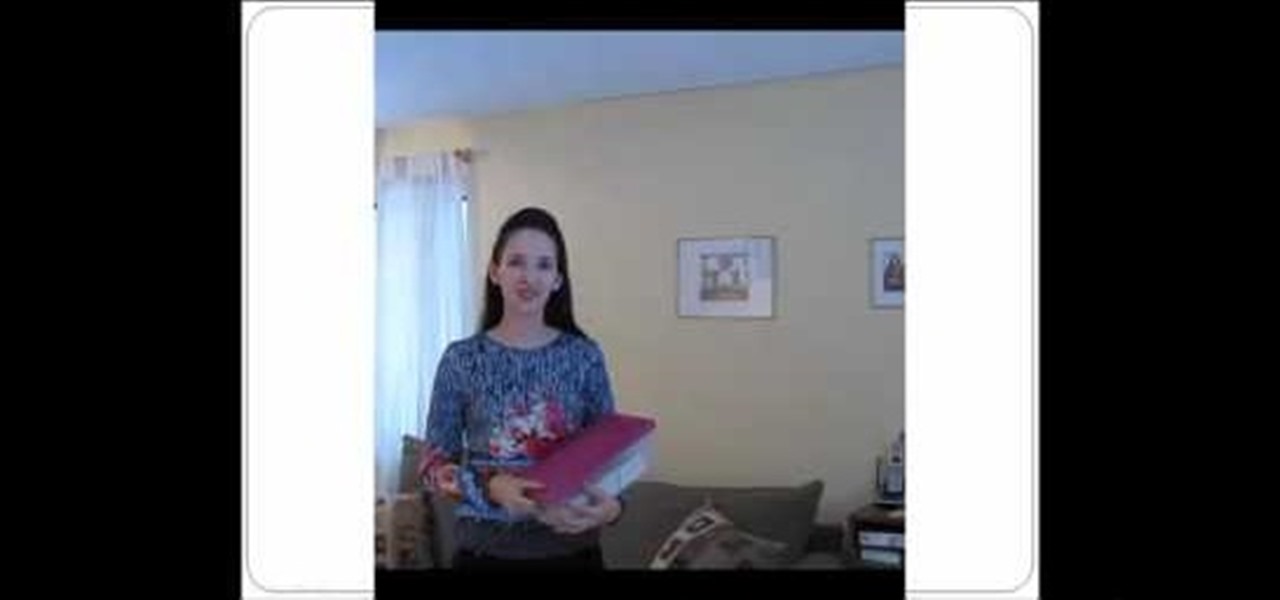
How To: Understand English phrasal verbs & compound words
The presenter, Ms. Jennifer explains how compound words are formed from phrasal verbs. With examples she explains how the meaning and pronunciation differs when compound words are formed from phrasal verbs. She explains the difference between 'show' and 'show off' by showing her collection of fans, and showing off with one of her beautiful fan from Japan. Then she explains the difference between 'show off' and 'show-off', giving examples and makes the listeners clear about compound nouns also...
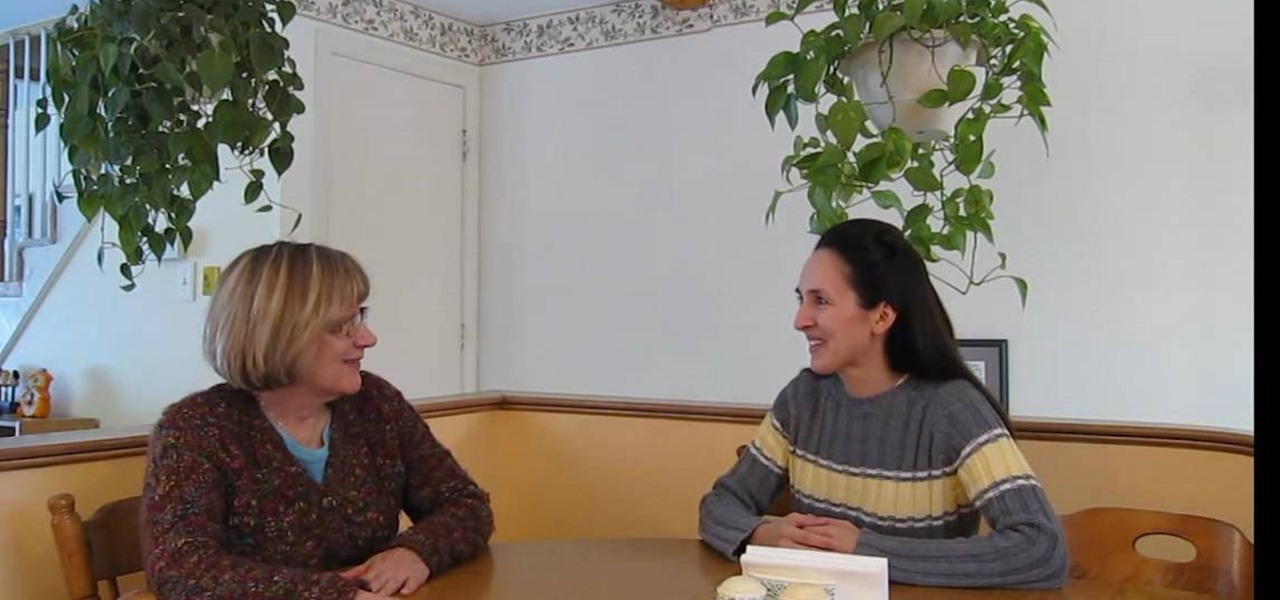
How To: Use expressions with the word "table" in them
In this video, an English lesson for foreign language speakers teaches viewers expressions using the work "table." There are three different expressions taught through watching, listening and defining.
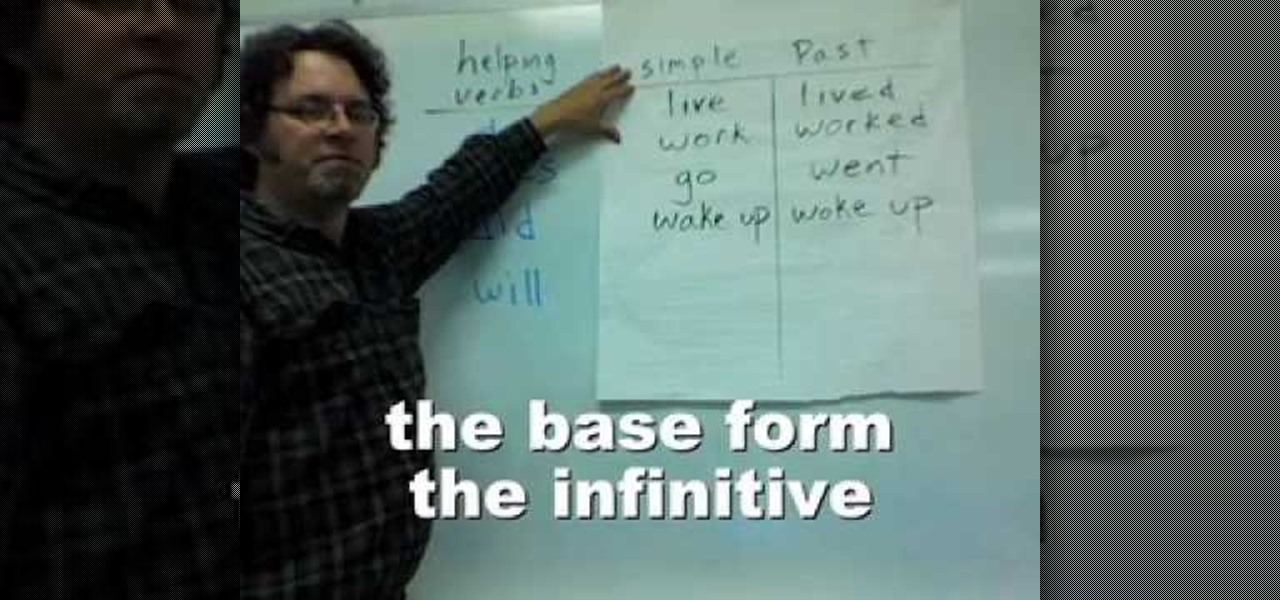
How To: Understand present, past and future tenses in English
This tutorial tells us about using helping verbs with the simple form. It also gives us information on the differences between the present, past and future tenses.

How To: Pronounce the English word "replenish"
Today's word is "replenish". This is a verb which means to nourish or fill up again.
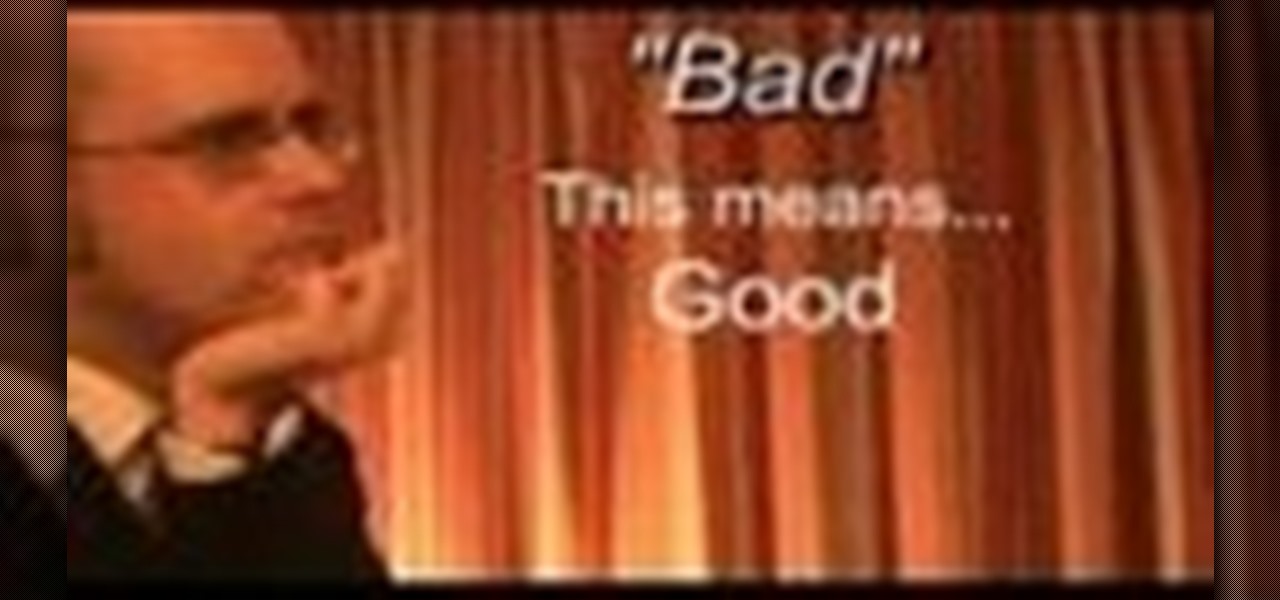
How To: Use English slang
In this ESL language tutorial we look at English slang. Slang is when you replace a common word or sentence with a totally new one. English slang often depends on the country and then region of the country you are in. This how to video teaches you some widely used slang words and phrases that you can say in English. Try out the words in this lesson and you will be "shooting the breeze" in English in no time.
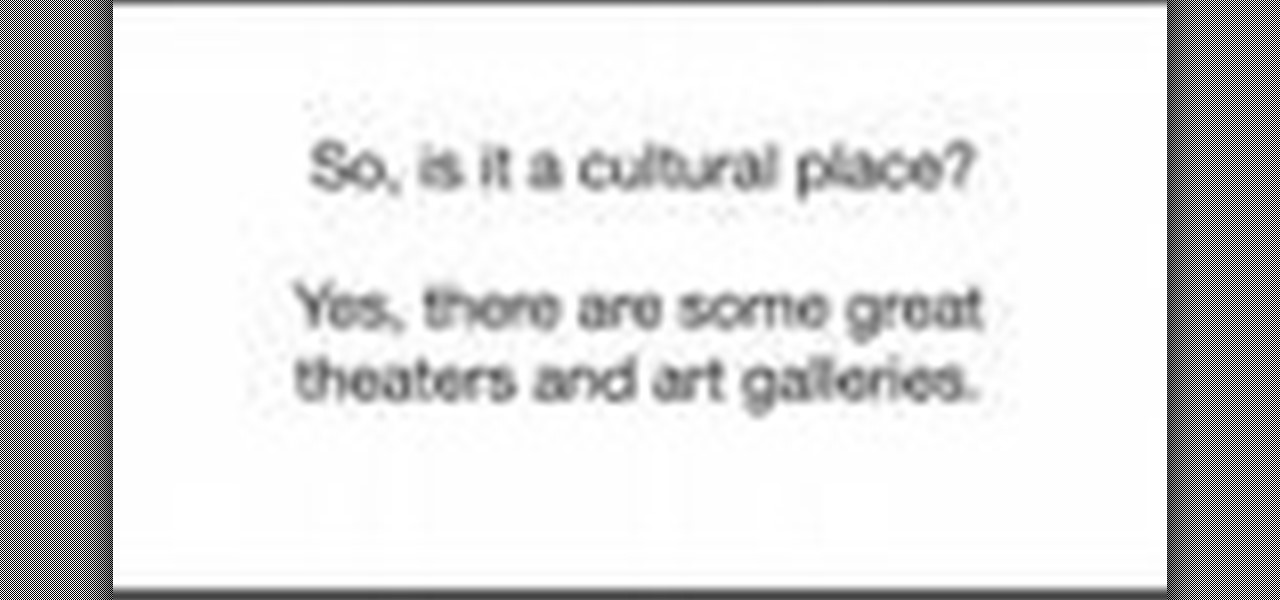
How To: Ask "yes, no" questions in English, using "is", "are"
In this episode learn to ask yes and no questions with "is", "are", "have" and "can" in the English language. This video is great for advanced, intermediate, and beginner learning to speak the English as a second language (ESL).
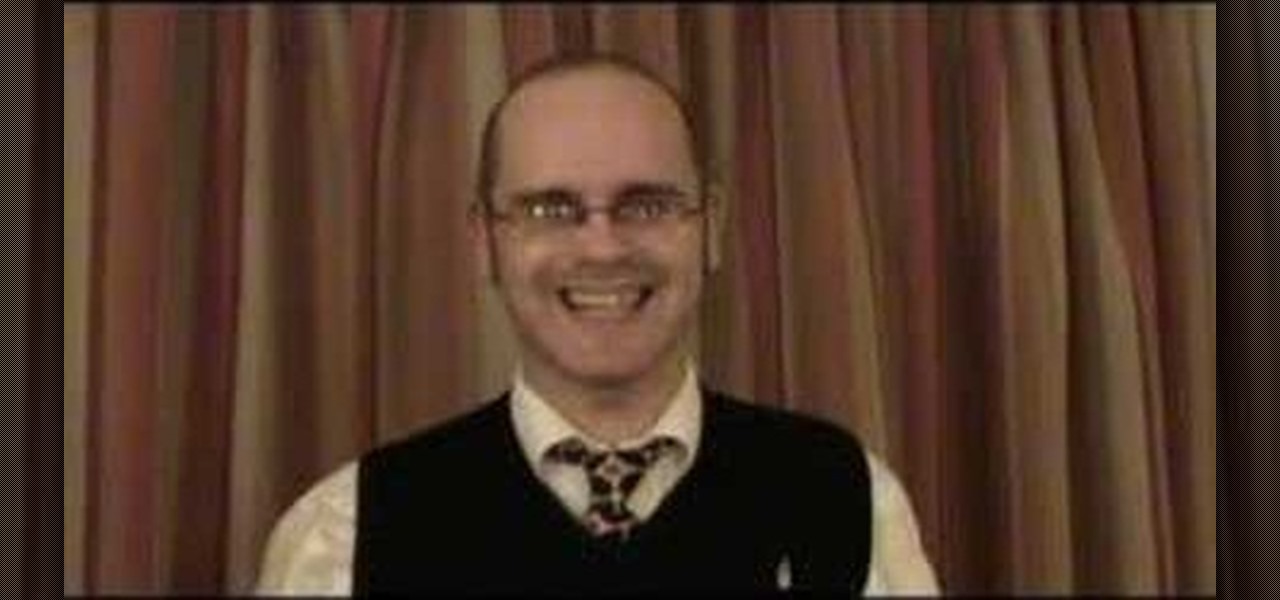
How To: Talk about friendship in English
This ESL lesson talks about friends and friendship. Friendship is very important to being a happy and fulfilled person. This language tutorial teaches you how to describe your friends in English. Learn American and British words and phrases to describe your best companions with this how to video.

How To: Pronounce the " rl " in the English language
In this two part episode, Jennifer goes over the pronunciation of the letters "rl" in the English language. This is great for all levels of students learning English as a second language (ESL).
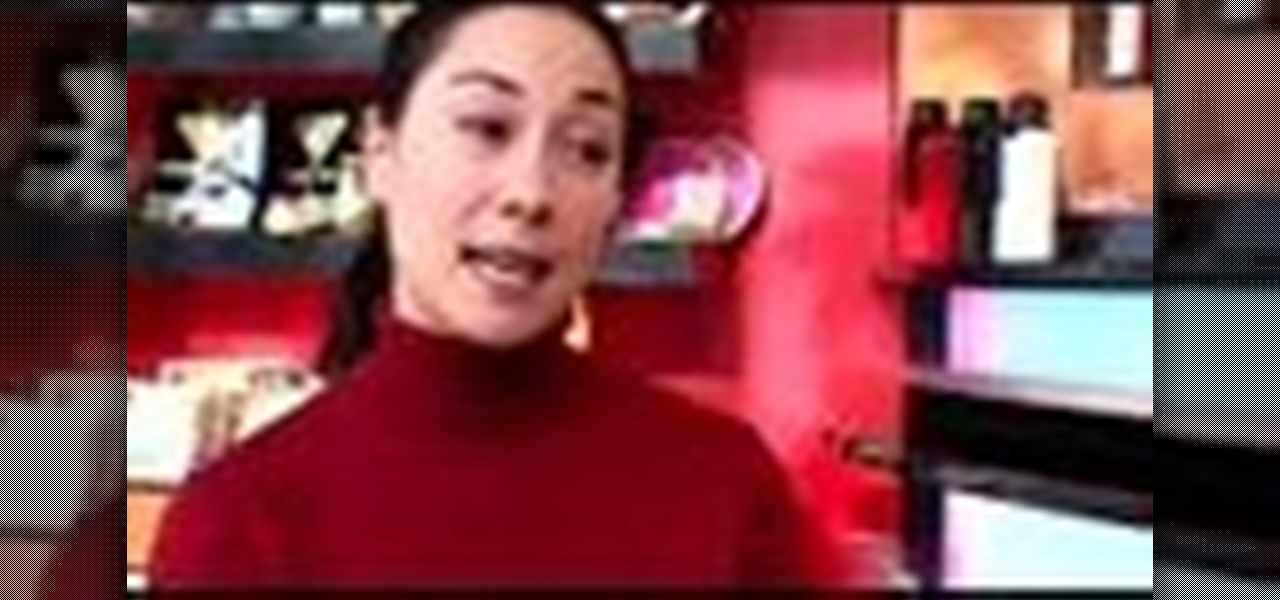
How To: Discuss your preferences in the English language
In this episode learn how to ask and answer questions about your preferences using the words like, love, and hate in the English language. This video is great for advanced, intermediate, and beginner learning to speak the English as a second language (ESL).

How To: Speak English smoothly using the marble technique
Destroy filler words, overcome stuttering, speak smoothly, improve enunciation, and get better at public speaking all around with just marbles and your mouth! This video is best for people learning to reduce stuttering or students learning English as a second language (ESL).
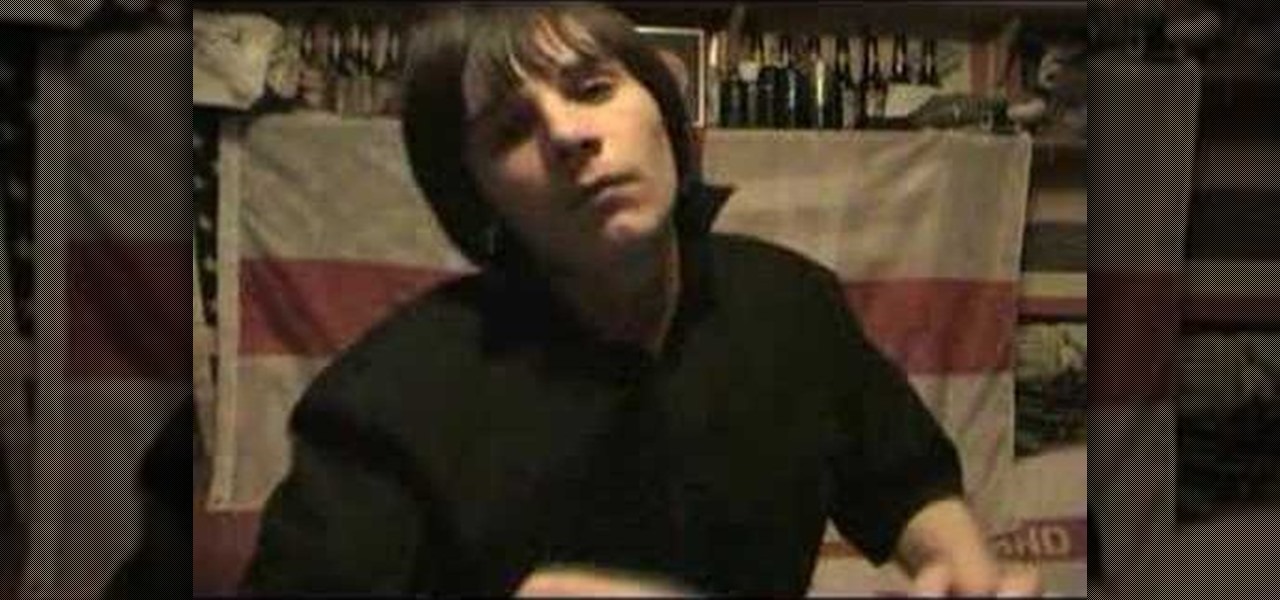
How To: Understand British slang
Check out this instructional English language video that explores several definitions of British English slang words and phrases. This video vibrantly translates a wide variety of British words for other English speakers in the world. Brush up your knowledge of these obscure British English slang with this instructional language video.
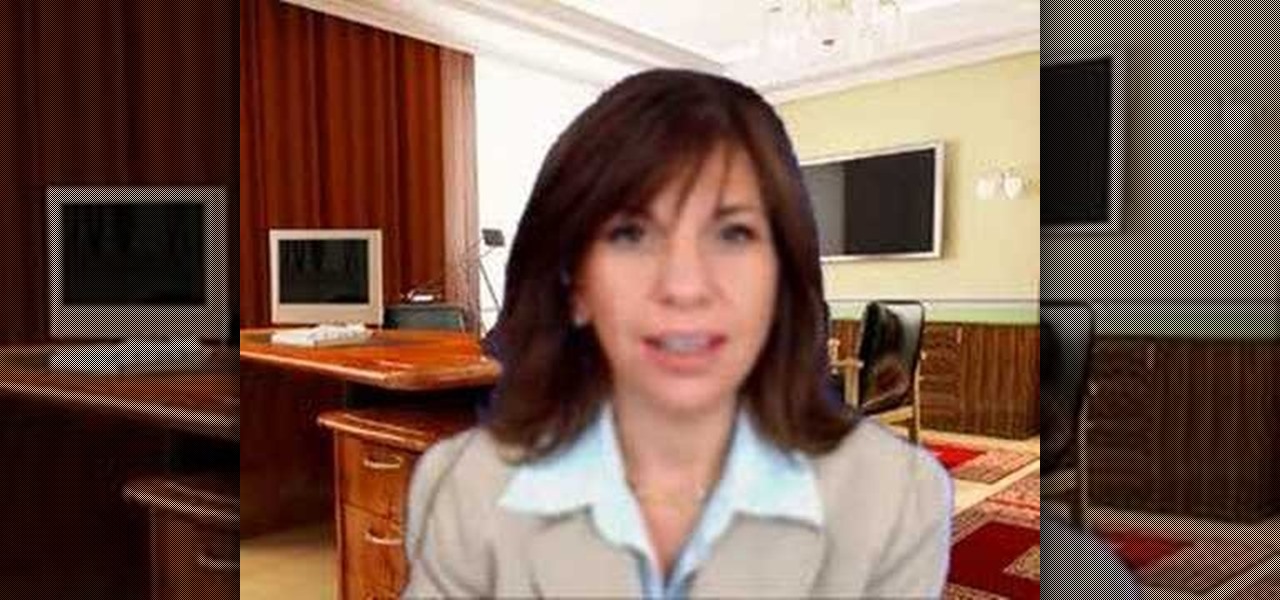
How To: Pronounce the alphabet correctly when spelling
Trying to learn the English language? Then it's vital to start with the basics: the alphabet. Learning larger words won't be difficult once you understand how each letter of the alphabet is pronounced.
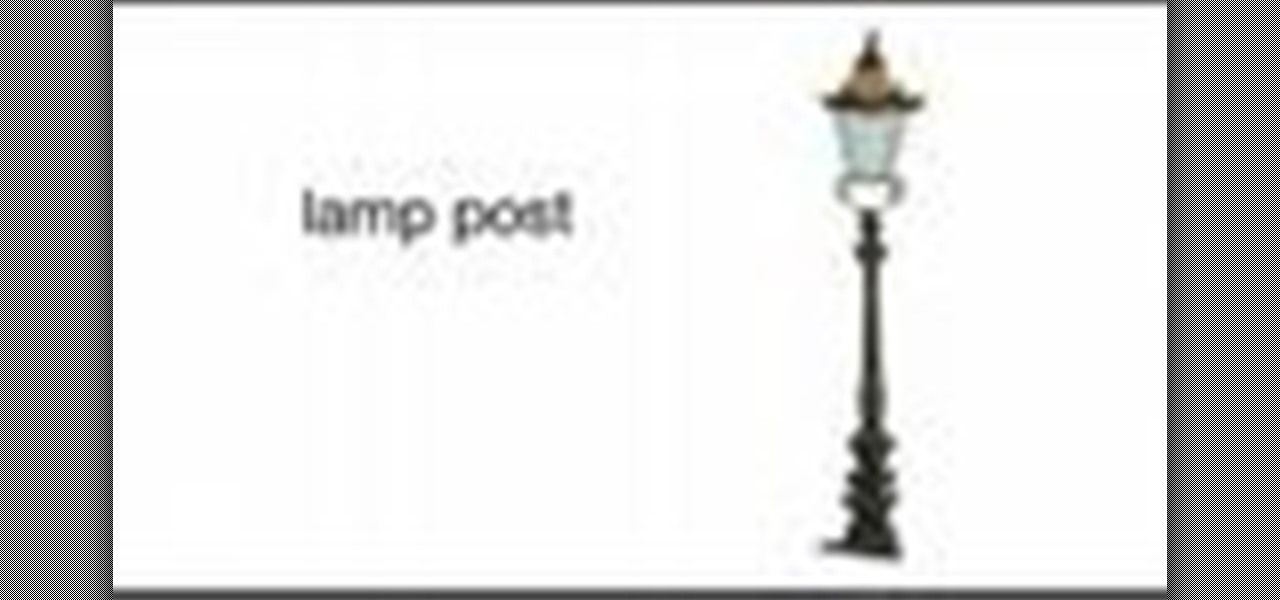
How To: Ask "yes and no" questions in the English language
In this episode you will learn "yes and no" questions and how to make your voice go up at the end of those questions. This video is great for advanced, intermediate, and beginner learning to speak the English as a second language (ESL).

How To: Construct past tense yes/no questions in English
Learn how to construct yes or no questions in the past tense in English. The helping verb "did" and the simple form of the main verb make a question.
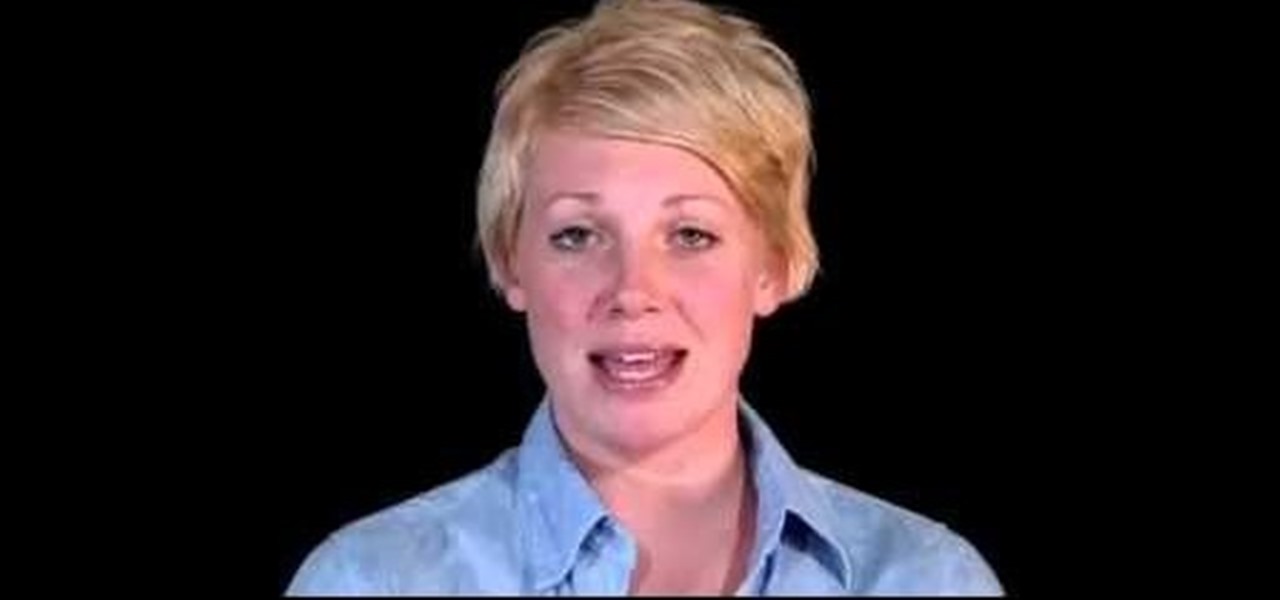
How To: Pronounce the English word "pause"
Today's word is "pause". This is both a noun and a verb. As a verb, it means to stop an action temporarily.

How To: Use the F word in English
A lot of the English you hear in the real world isn't taught in the classroom. The F word is a word you hear all the time and you're going to need to know how to respond. This ESL tutorial is all about the F word and how people use it on a daily basis. Watch this how to video and you'll be swearing in English in no time.

How To: Pronounce "faux pas"
Today's word is "faux pas". This is a noun of French origin which means a social slip in etiquette or manners.
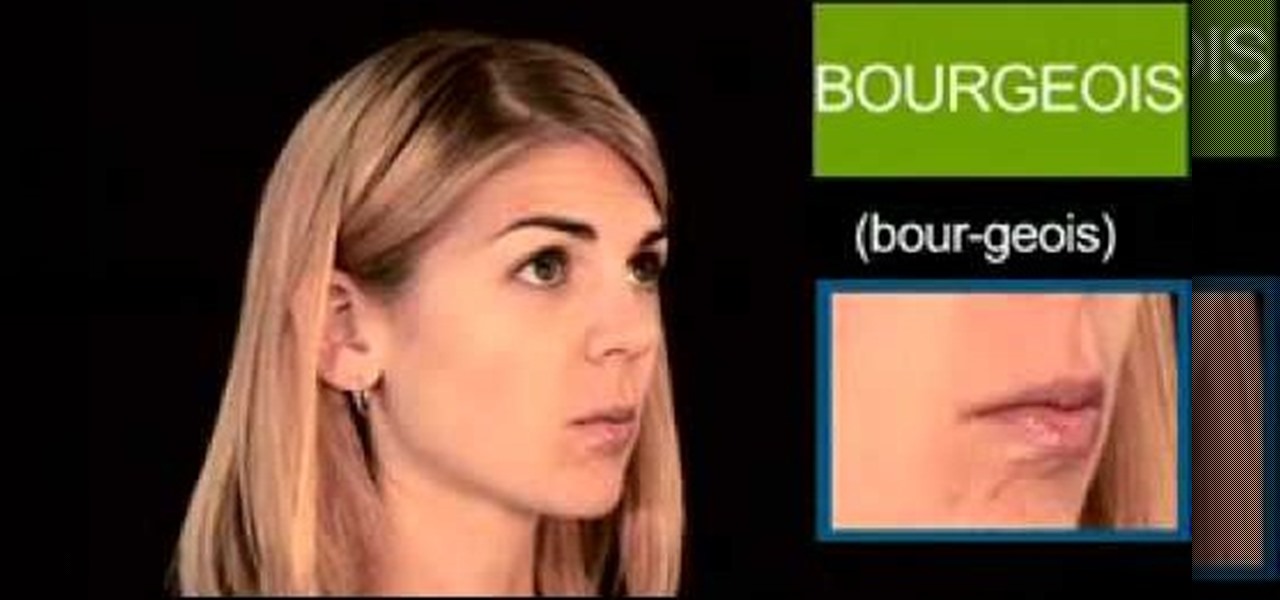
How To: Pronounce the word "bourgeois"
Today's word is "bourgeois". This is both a noun and an adjective. As an adjective, it means characteristic of the middle class, or materialistic.



